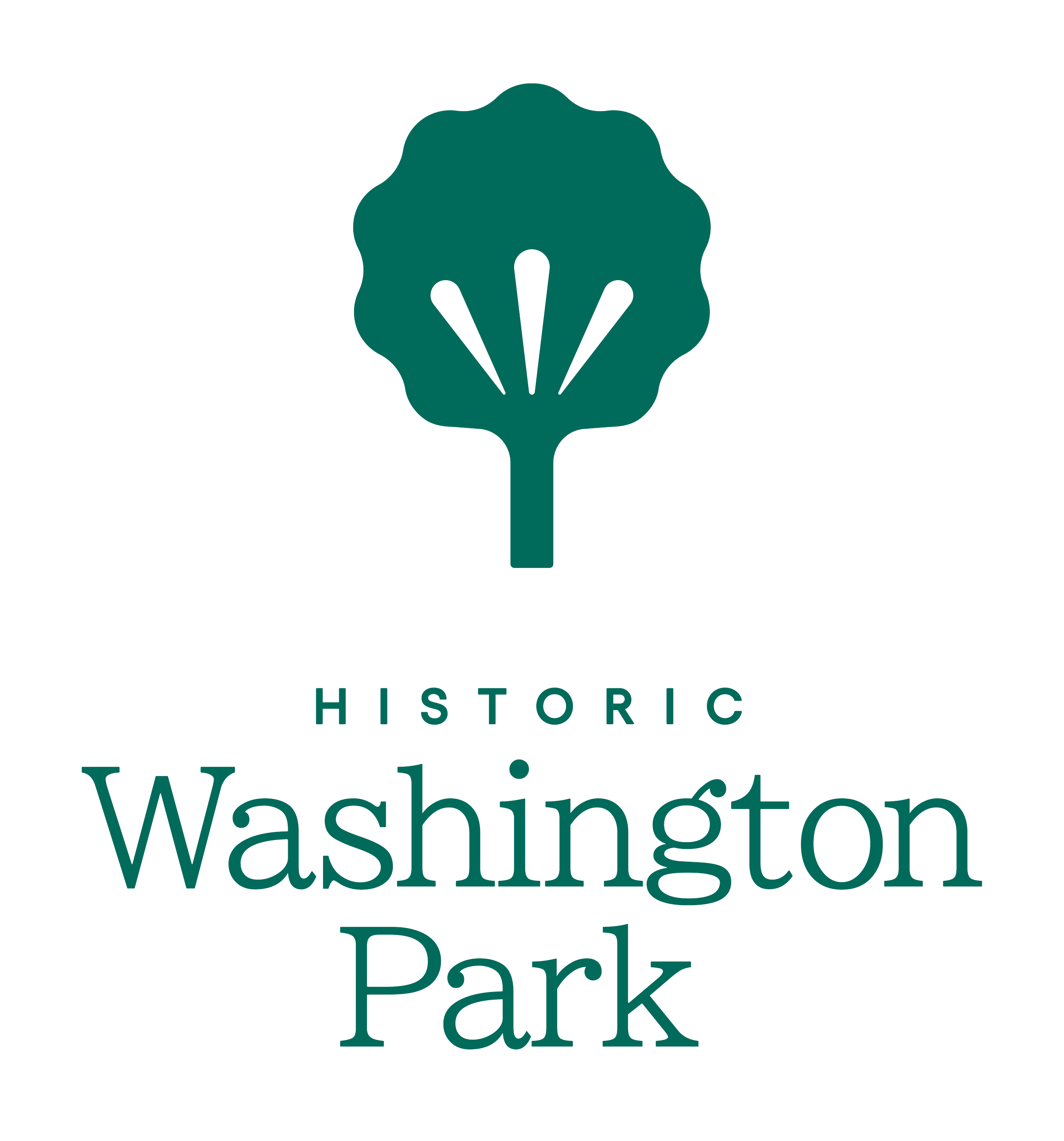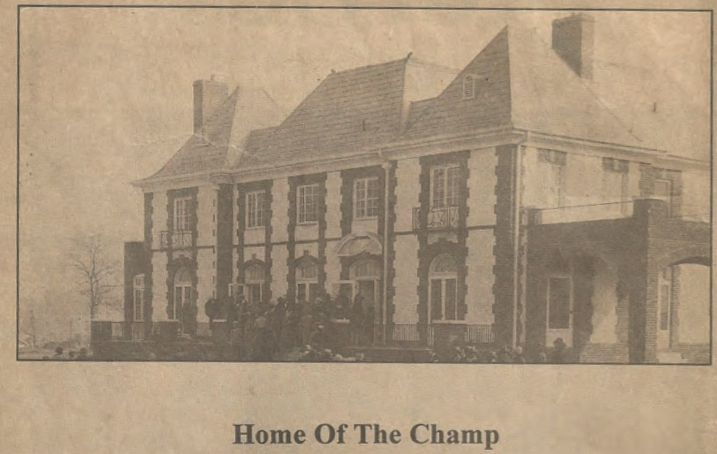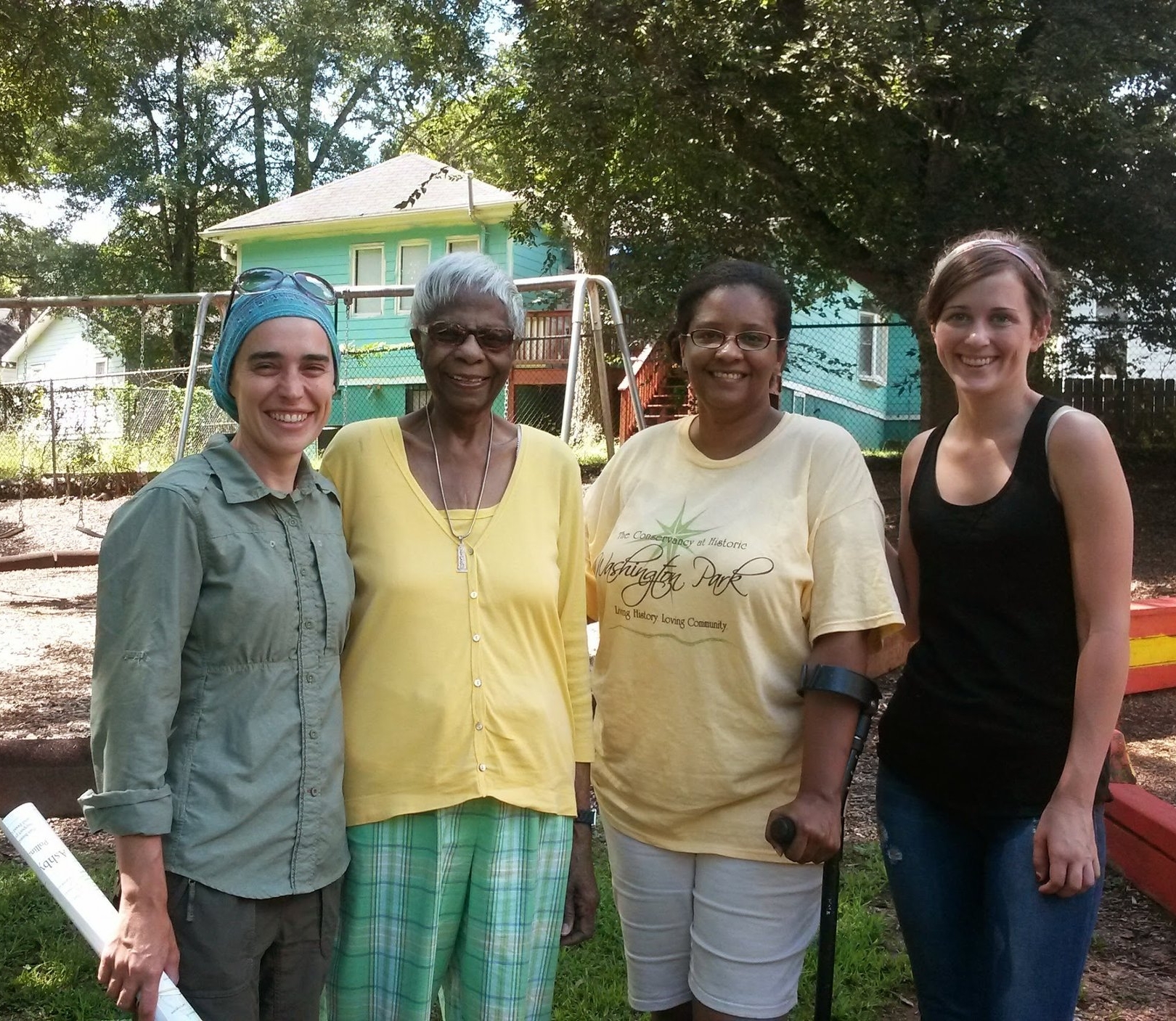History
Atlanta’s First Planned Black Suburb
The Washington Park Neighborhood is the first planned Black suburb in the City of Atlanta. Developed by local businessman Heman Perry, it was a neighborhood that provided families with a high-quality of life through quality affordable homes, quality Black-owned businesses, services, schools, and colleges. Prior to the construction of the park in 1919, there were no recreational parks in Atlanta available to African Americans. At the time, the completed park included a dance hall, pavilion, tennis courts, swings and has served as the anchor of the development of the Historic Westside.













